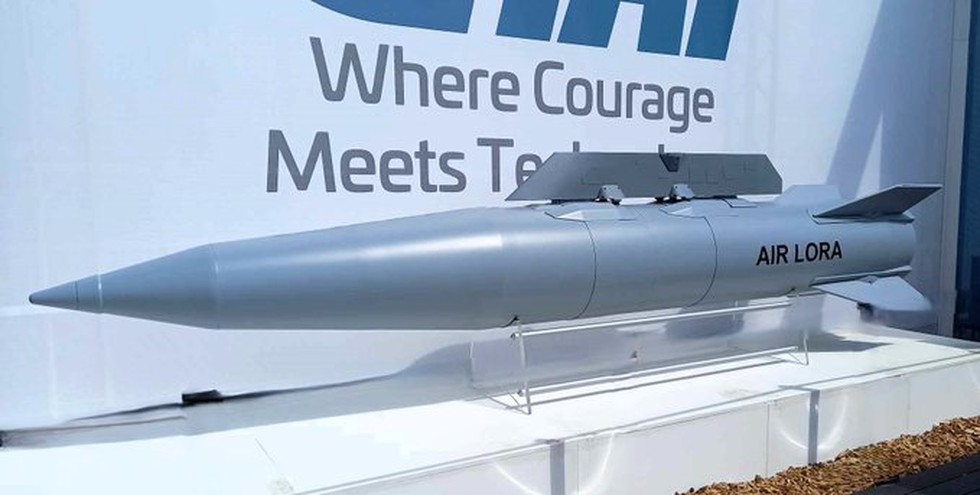
About Air LORA:
- It is an air-launched variant of the Long-Range Artillery (LORA) ballistic missile.
- It is designed and developed by Israel Aerospace Industries (IAI).
- It is a long-range air-to-ground missile (AGM) developed for strike missions against high-value and well-protected targets such as command centres, air force bases, infrastructure, and naval vessels in dense littoral environments.
- With a robust warhead of various types, Air LORA enables air forces to strike enemy targets from far distances outside the reach of enemy air defences.
- It features high survivability with advanced immune INS/GNSS navigation and strong anti-jamming capabilities, allowing for 24/7 operation in extreme weather conditions and highly contested battlefields.
- It can be simply integrated into airborne platforms as a stand-alone configuration or through the avionics system” and is easy to operate, “with simple fire-and-forget and autonomous operation.
- It has a very high mission success rate mainly due to its supersonic speed and its combat-proven GNSS anti-jamming system”, as well as terminal trajectory shaping and a 90° attack angle.
2. Huntington’s Disease (HD)
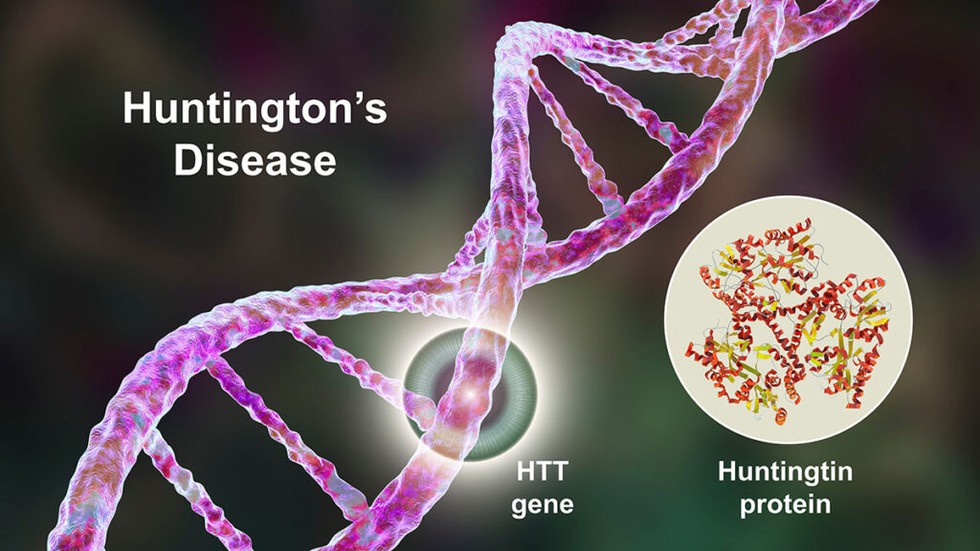
About Huntington’s Disease:
- HD is an inherited disorder that causes nerve cells (neurons) in parts of the brain to gradually break down and die.
- It has a wide impact on a person's functional abilities and usually results in movement, thinking (cognitive) and psychiatric disorders.
- There are two types of HD:
- Adult-onset is the most common. Persons with this form usually develop symptoms in their mid-30s or 40s.
- Early-onset affects a small number of people and begins in childhood or in the teens.
- Cause:
-
- A genetic change (mutation) in the HTT gene causes HD.
- The HTT gene makes a protein called huntingtin. This protein helps your nerve cells (neurons) function.
- The normal HTT gene contains a stretch of DNA that specifies the number of times the amino acid glutamine is repeated in the Htt protein. This number varies from 11 to 31.
- In the mutant versions of the HTT gene, this stretch is expanded to encode 35 or more repeats.
- As the number of repetitions increases, the severity of Huntington’s disease increases and its debilitation begins at an earlier age.
- HD is rare. The disease is passed down through families.
- Symptoms:
- HD usually causes movement, cognitive, and psychiatric disorders with a wide spectrum of signs and symptoms.
- The patient suffers mood swings, has difficulty in reasoning, shows abnormal and uncontrollable jerky movements, and experiences difficulty in speaking, swallowing, and walking.
- Treatment:
- There is no cure for There is no known way to stop the disease from getting worse.
- The goal of treatment is to slow the symptoms and help the person function for as long as possible.
3. Who was Birsa Munda?
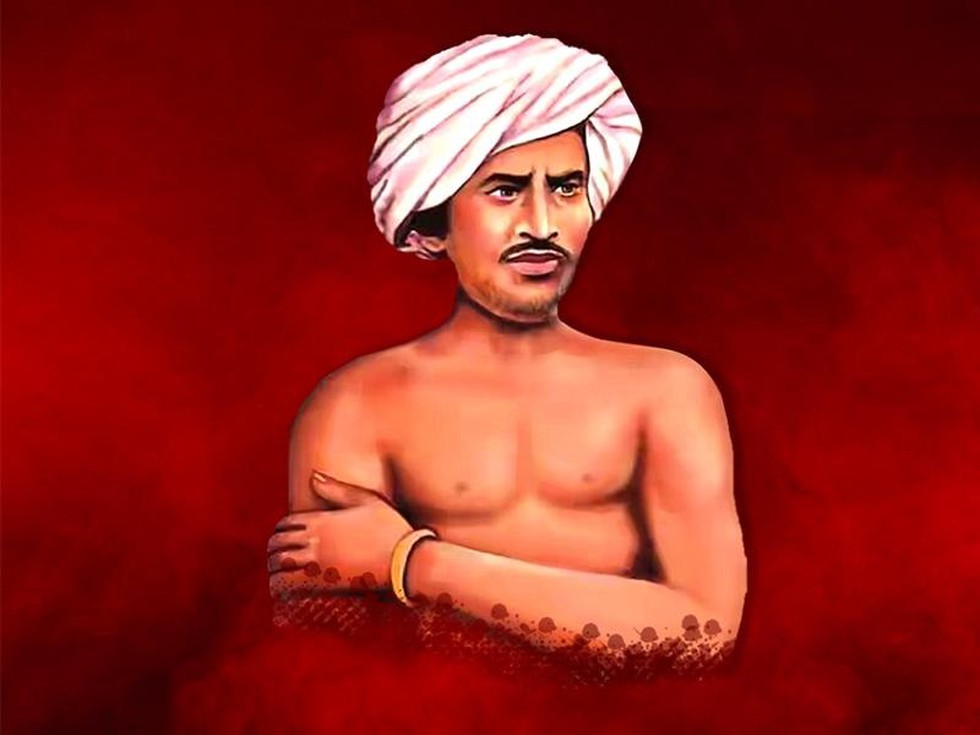
About Birsa Munda:
- He was a folk hero and a tribal freedom fighter who played a pivotal role in the Indian independence movement, particularly in the tribal regions of British India.
- He belonged to the Munda tribe in the Chota Nagpur Plateau area.
- He spearheaded an Indian tribal mass movement that arose in the Bihar and Jharkhand belts in the early 19th century under British colonisation.
- Munda rallied the tribals to fight against the forceful land grabbing carried out by the British government, which would turn the tribals into bonded labourers and force them to abject poverty.
- He influenced his people to realise the importance of owning their land and asserting their rights over it.
- Birsa encouraged the tribe to stick to their traditions and get back to their tribal roots.
- One of Birsa's notable contributions was the formation of the Munda Rebellion, also known as the Ulgulan, or the Tamar Revolt, in the late 19th century.
- The rebellion was a response to the oppressive policies of the British administration, including the introduction of the forest laws, that restricted tribal access to their traditional lands, and the imposition of exorbitant taxes.
- Birsa united various tribal communities under the banner of the Munda Raj and led a series of guerrilla warfare campaigns against the British forces.
- Birsa Munda's leadership during the Munda Rebellion earned him the title of "Bhagwan" or "Birsa Bhagwan" among his followers.
- He often took inspiration from Munda traditions, Christianity and Hinduism to guide his followers in rituals and prayers.
- His struggle against exploitation and discrimination against tribals led to a big hit against the British government in the form of the Chotanagpur Tenancy Act being passed in 1908.
- The act restricted the passing on of land from the tribal people to non-tribals.
- Birsa also played a crucial religious role among the Munda people.
- He founded the faith of Birsait, a blend of animism and indigenous beliefs, which emphasized the worship of a single god.
- He became their leader and was given the nickname, ‘Dharti Aba’ or the father of the earth.
- He died on June 9, 1900, at age 25.
- In recognition of his impact on the national movement, the state of Jharkhand was created on his birth anniversary in 2000.
- November 15, the birth anniversary of Birsa Munda, was declared ‘Janjatiya Gaurav Divas by the Central Government in 2021.
4. Key Facts about Ghataprabha River
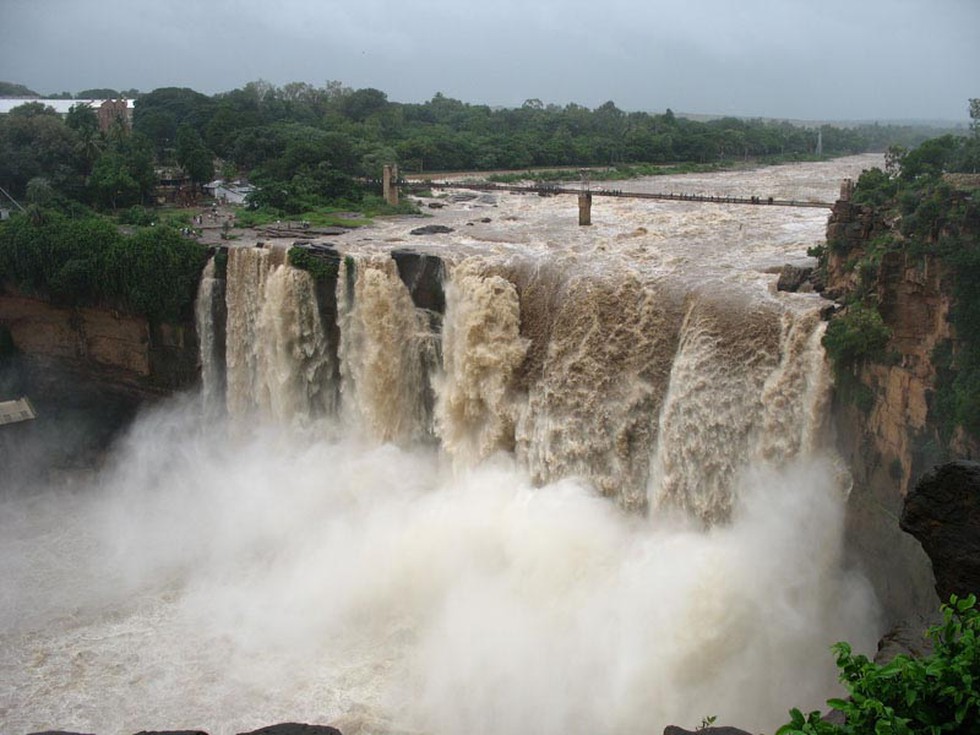
About Ghataprabha River:
- It is a tributary of the Krishna River and flows in the state of Karnataka.
- Course: The river originates in the Western Ghats at an elevation of 884 meters and flows in the direction of east for a distance of 283 kilometers before it merges with the Krishna River.
- The river debouches by 53 metres at Gokak Falls in Belgaum (Belagaavi) District, Karnataka.
- The river basin is 8,829 square kilometers wide and stretches across Karnataka and Maharashtra.
- The Hiranyakeshi River and the Markandeya River are tributaries of the Ghataprabha.
Key Facts about Krishna River:
- It is a river in south-central India.
- Origin: It rises in western Maharashtra in the Western Ghatsrange near the town of Mahabaleshwar.
- In terms of water inflows and river basin, Krishna is the fourth biggest river after Ganga, Godavari, and Brahmaputra.
- Total Length: 1300 km
- Course: It passes through Maharashtra, Karnataka, Telangana and Andhra Pradesh and meets the Bay of Bengal at Hamsaladeevi in Andhra Pradesh, on the east coast.
- The Krishna River Basin extends over an area of about 258,948 sq. km, which is nearly 8 percent of the total geographical area of the country.
- Tributaries:
- The most important tributary is the Tungabhadra River. It has been formed by the Tunga River and the Bhadra River, which originate in the Western Ghats.
- Other tributaries include the Koyna River, Bhima River, Kundali River, Malaprabha River,Ghataprabha River, Yerla River, Warana River, Dindi River, Musi River, and Dudhganga River.
5. What is a Four-Horned Antelope?

About Four-Horned Antelope:
- The four-horned antelope, also called Chousingha, is a small bovid antelope.
- They are the smallest antelopes found in Asia.
- Scientific Name: Tetracerus quadricornis
- Distribution:
- It is endemic to India and Nepal.
- In India, they range from the foothills of the Himalayas in the north to the Deccan Plateau in the south.
- Habitat:
- They mostly occur in open, dry, deciduous forests in hilly terrain.
- They inhabit areas with significant cover from grasses or heavy undergrowth, and close to water bodies.
- Features:
- They have a yellowish-brown to reddish coat and are slender, with small legs and a short tail.
- These antelopes have four horns, which distinguish them from most other bovids, which have two horns.
- Only males in this species grow horns. One pair of horns is located between the ears, and the other on the forehead.
- They are usually diurnal and solitary by nature; however, can be spotted in loose groups of three to four.
- Conservation Status:
- IUCN Red List: Vulnerable
Key Facts about Veerangana Durgavati Tiger Reserve:
- Location: It is spread across Sagar, Damoh, and Narsinghpur, districts of Madhya Pradesh.
- It is spread over an area of 2,339 square kilometres.
- It is the seventh tiger reserve in Madhya Pradesh.
- It will encompass areas within the Nauradehi Wildlife Sanctuary and Durgavati Wildlife Sanctuary.
- A green corridor linking Panna Tiger Reserve (PTR) with Durgavati will be developed for the natural movement of the tiger to the new reserve.
- Rivers: Parts of the reserve fall under the Narmada and Yamuna River basins.
- The Singorgarh Fort is located within the reserve.
- Vegetation: Dry deciduous type
- Flora: The chief floral elements include Teak, Saja, Dhaora, Ber, Amla etc.
- Fauna: Tiger, leopard, wolf, jackal, Indian fox, striped hyena, Nilgai, Chinkara, Chital, Sambhar, Black Buck, Barking deer, Common Langur, Rhesus Macaque, etc.
6. Pradhan Mantri Awas Yojana
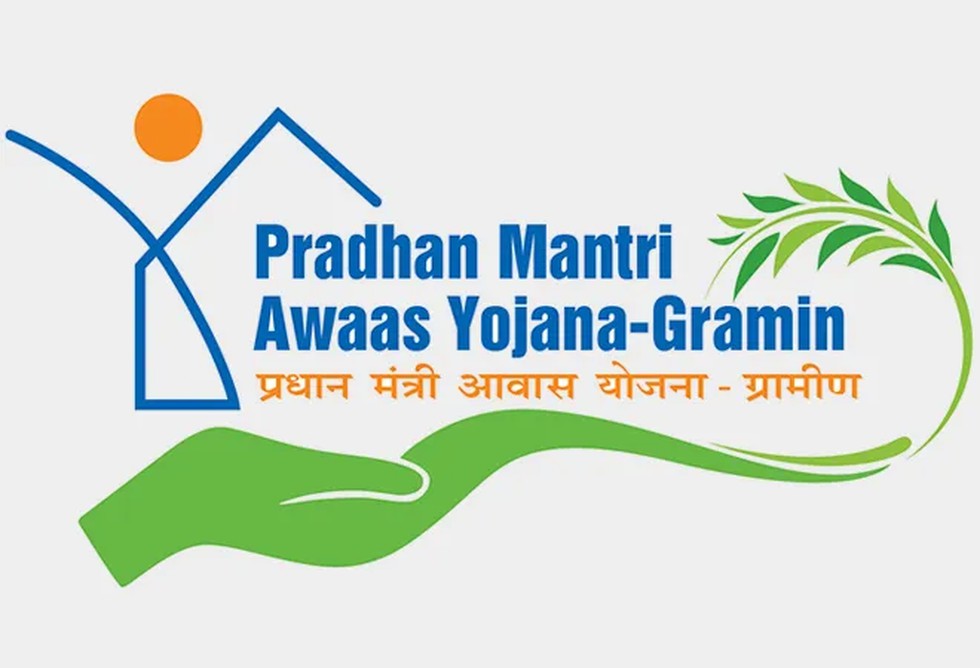
About Pradhan Mantri Awas Yojana
- Pradhan Mantri Awas Yojana (PMAY) is a credit-linked subsidy scheme initiated to provide affordable housing to low and moderate-income residents across the country.
- The newly formed government has approved the proposal to provide 3 crore additional rural and urban houses under PMAY.
- The scheme has two components: PMAY-U for the urban poor and PMAY-G and PMAY-R for the rural poor.
PMAY-U (Urban)
- Objective: To provide housing for all in urban areas.
- Beneficiaries: Economically Weaker Section (EWS), Low-Income Group (LIG) and Middle-Income Group (MIG).
- Subsidy Schemes:
- Credit Linked Subsidy Scheme: Offers interest subsidy on home loans for EWS, LIG, and MIG categories.
- In-Situ Slum Redevelopment: Utilizes land as a resource to provide houses to eligible slum dwellers.
- Affordable Housing in Partnership: Promotes partnerships with public and private sectors to provide affordable housing.
- Beneficiary-Led Construction: Provides financial assistance to individuals to construct or enhance their own houses.
PMAY-G (Gramin)
- Objective: To provide a pucca house with basic amenities to all rural families who are homeless or living in kutcha or dilapidated houses.
- Beneficiaries: Identified using the Socio-Economic and Caste Census (SECC) 2011.
- Features:
- Financial Assistance: 1.2 lakh in plain areas and Rs. 1.3 lakh in hilly, difficult and Integrated Action Plan (IAP) areas.
- Construction: Houses are to be constructed by beneficiaries with technical assistance from the government.
- Convergence with other schemes: Encourages convergence with other schemes like Swachh Bharat Mission (SBM) for toilet construction, and MGNREGA for wage employment.
7. AIM – ICDK Water Challenge 4.0
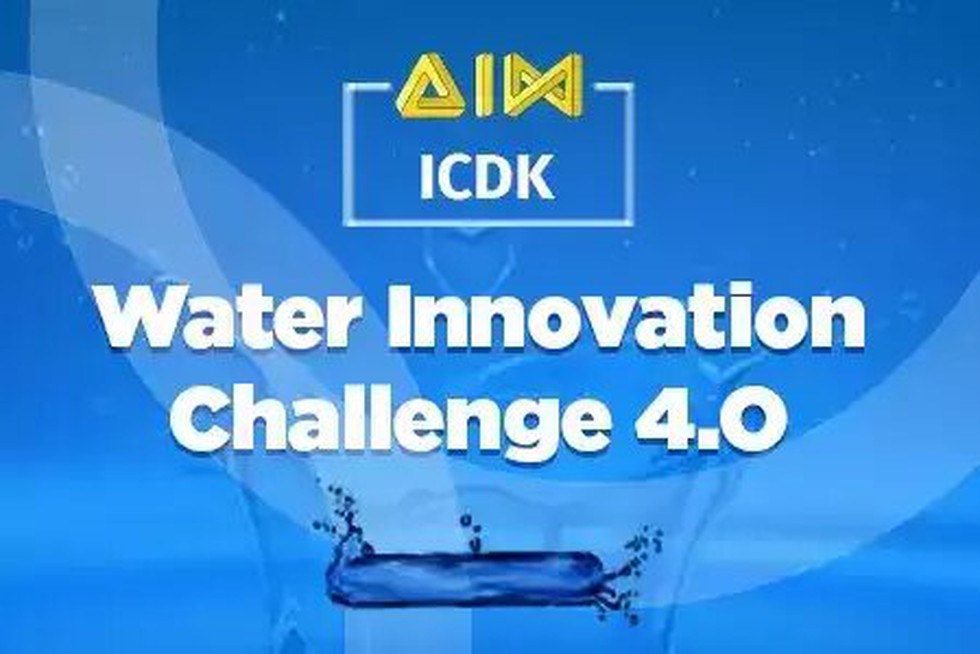
About AIM – ICDK Water Challenge 4.0
- The AIM – ICDK Water Challenge 4.0 is an initiative launched by the Atal Innovation Mission (AIM) under NITI Aayog to address critical water-related challenges through inventive solutions.
- The challenge is a collaborative effort with the Innovation Centre Denmark (ICDK) at the Royal Danish Embassy in India.
Objectives
- Address water challenges: To address critical water-related challenges through innovative solutions.
- Global participation: The selected teams from India will participate in the global Next Generation Digital Action program, engaging with young talents from leading universities and innovation hubs in nine countries (India, Denmark, Ghana, Kenya, Korea, Tanzania, South Africa, Ghana, Colombia, and Mexico).
- Focus on sustainability: The program emphasizes sustainability, digital solutions, inclusion, and universal design principles.
- Showcase innovations: Participants will be able to showcase their innovations at the Digital Tech Summit in Copenhagen from October 30th to 31st, 2024, funded by the Government of Denmark.
- Two Tracks: The challenge invites entries under two tracks: one for students and the other for young entrepreneurs under the age of 35, including early-stage startups, researchers, and young innovators committed to driving positive environmental change.
8. Rights of jailed MPs
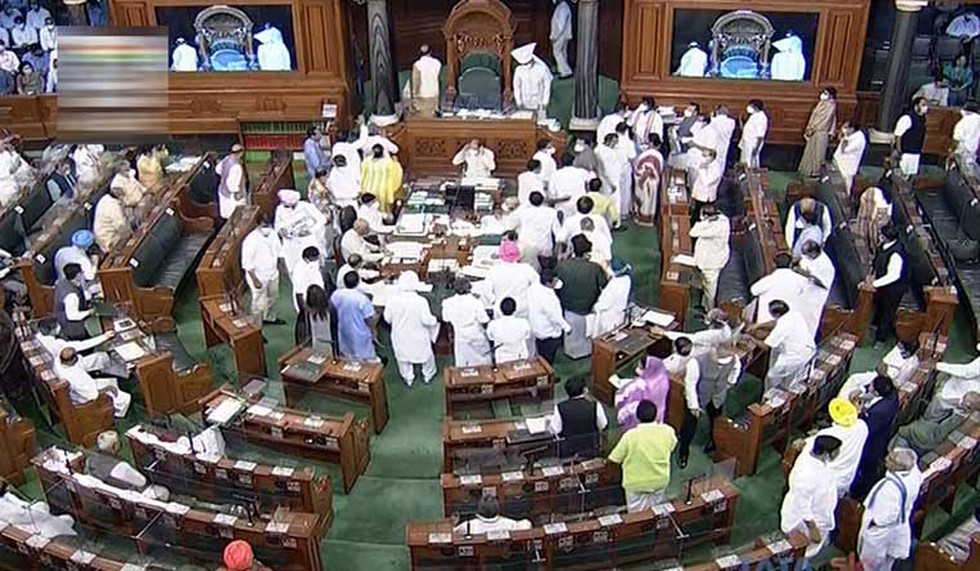
Can Jailed Leaders Function as MPs?
- Legal framework: Section 8(3) of the Representation of People Act, 1951 (RPA) disqualifies MPs if they are convicted of any offence and sentenced to imprisonment for not less than two years.
- Constitutional right: Despite being in prison, jailed leaders have the constitutional right to take oath as Members of Parliament.
- Temporary bail: Jailed leaders can seek temporary bail or custody to attend the oath-taking ceremony and perform other ancillary functions as MPs.
Rights of MPs if Arrested
- Oath-Taking: Jailed leaders can take oath as MPs, but they must seek permission from authorities to be escorted to Parliament for the ceremony.
- Inability to attend proceedings: After taking the oath, they must inform the Speaker in writing about their inability to attend House proceedings.
- Speaker's referral: The Speaker will refer their requests to the House Committee on Absence of Members, which will make a recommendation on their absence.
- Conviction and Disqualification: If convicted and sentenced to a minimum of two years in prison, they will immediately lose their seats in the Lok Sabha.
9. New Caledonia
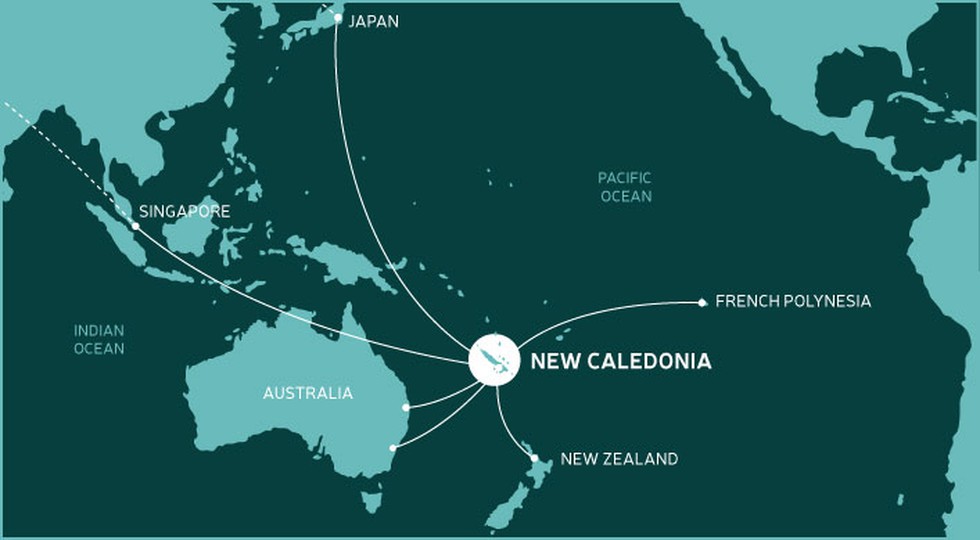
About New Caledonia
- New Caledonia is a French overseas territory located in the southwestern Pacific Ocean, approximately 1,500 km east of Australia.
History of Island
- New Caledonia, originally inhabited by the Kanaks, came under French control in 1853.
- Post-WWII, Kanaks gained French citizenship, but 1960s French migration made them a minority, sparking an independence movement.
- Tensions led to the Matignon Agreements (1988) and Nouméa Accord (1998), promising three independence referendums.
- The 2018 and 2020 referendums favored France. Despite COVID-19 concerns, the 2021 referendum also favoured France, angering the Kanaks.
Significance of New Caledonia for France
- Strategic location: Situated in the South Pacific, New Caledonia provides France with a military and geopolitical presence in a region with growing global interest, particularly with increasing influence from China.
- Economic resources: The island is rich in natural resources, notably nickel, which is vital for various industries, including manufacturing and technology.
10. How does heat animate engines and global warming?

What is Heat?
- Heat is a form of energy that is transferred from one body to another due to a temperature difference.
- It can be transferred through three modes: conduction, convection and radiation.
How Does Heat Animate Engines?
- Internal Combustion Engines: Heat from combustion of fuel in the engine cylinders is converted into mechanical energy, which powers the vehicle.
- Heat exchangers: Heat is transferred from the engine to the cooling system, which helps maintain the engine's optimal operating temperature.
How Does Heat Cause Global Warming?
- Greenhouse effect: Heat from the sun is trapped in the Earth's atmosphere by greenhouse gases, leading to an increase in global temperatures.
- Human activities: Human activities such as burning fossil fuels and deforestation release large amounts of carbon dioxide and other greenhouse gases, exacerbating global warming.


























































































































































.png)
.png)
.png)
.png)
.png)


.png)
.png)
.png)





.png)
.png)






.png)
.png)
.png)
.png)
.png)
.png)
.png)
.png)
.png)

.png)







.png)
.png)


.png)
.png)
.png)


.png)

.png)
.png)





.jpg)

.png)
.png)


.png)

.png)
.png)
.png)

.jpg)

.jpg)


.png)

.png)
.png)
.png)
.png)
.png)
.png)
.png)
.png)
.png)
.png)




.png)

.png)





.png)
.png)
.png)
.png)
.png)
.png)
.png)
.png)
.png)
.png)
.jpg)
.jpg)

.png)
.png)
.png)
.png)
.png)
.png)
.png)
.png)
.png)
.png)
.png)
.png)
.png)
.png)
.png)
.png)
.png)
.png)
.png)
.png)
.png)
.png)



.png)
.png)

.jpg)
.jpg)


.jpg)
.jpg)
.jpg)
.jpg)
.jpg)

.jpg)








.jpg)
.jpg)
.jpg)
.jpg)
.jpg)

















.jpg)
.jpg)







.jpg)


















.jpg)
.jpg)






























































































.jpg)
.jpg)


























.jpg)

.jpg)










.jpg)








.jpg)




.jpg)










.jpg)


















.jpg)












































.jpg)














.jpg)
.jpg)
.jpg)





.jpg)

.jpg)
.jpg)





































































.jpg)


































.jpg)
.jpg)
















































.jpg)












.jpg)


.jpg)




.jpg)
.jpg)
.jpg)

.jpg)
.jpg)
.jpg)
.jpg)

.jpg)
.jpg)
.jpg)

.jpg)
.jpg)
.jpg)
.jpg)
.jpg)
.jpg)
.jpg)
.jpg)

.jpg)


.jpg)
.jpg)
.jpg)
.jpg)
.jpg)
.jpg)
.jpg)
.jpg)
.jpg)
.jpg)











.jpg)
.jpg)





.jpg)
.jpg)
.jpg)
























.jpg)
























.jpg)









.jpg)
.jpg)







.jpg)
.jpg)









































.jpg)
.jpg)
.jpg)
.jpg)
.jpg)

.jpg)
.jpg)
.jpg)
.jpg)
.jpg)


.jpg)
.jpg)
.jpg)
.jpg)
.jpg)

.jpg)
.jpg)
.jpg)
.jpg)
.jpg)
.jpg)
.jpg)
.jpg)
.jpg)
.jpg)
.png)

.png)
.png)

.png)
.png)
.png)
.png)


.jpg)
.jpg)

.jpg)
.jpg)
.jpg)

.png)
.png)
.png)
.png)
.png)
.png)
.png)

.png)
.png)
.png)
.png)
.png)
.png)
.png)
.png)
.png)
.png)





































































-min.png)



.png)




.png)








































